Summary

Flower in the Dark
by Ally Vance
Violet ~
Loneliness is a constant in my life. I have no one to turn to. No one to come and save me. Except for him. He has become my everything, and all we have to do is meet...
Him ~
My little flower is ripe for the picking. All I have to do is pluck her out of her lonely and comfortable world and drag her into mine. I want her. I will have her. I will make her SCREAM.
.
Read
Flower in the Dark on http://kissnovel.net
Martial Peak Reviews
Flower in the Dark by Ally Vance is a gripping exploration of loneliness, desire, and the complexities of human connection. The narrative centers around two main characters, Violet and an unnamed male figure, whose lives intertwine in a dark and compelling manner. The blurb sets the stage for a story that delves into the depths of emotional isolation and the lengths one might go to escape it. Vance's writing is both evocative and haunting, drawing readers into a world where love and obsession blur the lines of morality.
The theme of loneliness is palpable throughout the novel. Violet, the protagonist, embodies the essence of isolation. Her life is marked by a profound sense of solitude, which is both her comfort and her prison. Vance skillfully portrays Violet's internal struggles, allowing readers to empathize with her yearning for connection. The author’s ability to articulate the nuances of loneliness makes Violet a relatable character, as many readers can identify with the feeling of being adrift in a world that seems indifferent.
In stark contrast, the male figure in the story represents a darker aspect of desire. His obsession with Violet is both unsettling and intriguing. Vance crafts this character with a complexity that challenges the reader’s perceptions of love and possession. The phrase “my little flower is ripe for the picking” encapsulates the predatory nature of his affection, suggesting a dynamic that is both romantic and threatening. This duality is a recurring theme in the novel, prompting readers to question the boundaries between love and control.
Character development is a strong suit of Vance’s writing. As the story unfolds, both Violet and her counterpart undergo significant transformations. Violet's journey from a state of passive acceptance of her loneliness to a more active engagement with her desires is compelling. Vance does not shy away from depicting the darker aspects of her psyche, allowing her to grapple with her own needs and fears. This internal conflict adds depth to her character, making her more than just a victim of circumstance.
On the other hand, the male character’s evolution is equally fascinating. His initial portrayal as a domineering figure gradually reveals layers of vulnerability and desperation. Vance expertly navigates the complexities of his motivations, making him a multifaceted character rather than a one-dimensional antagonist. This nuanced portrayal invites readers to explore the psychological underpinnings of obsession and the fine line between love and madness.
The pacing of the novel is another noteworthy aspect. Vance masterfully balances moments of tension with quieter, introspective passages. This ebb and flow create a rhythm that keeps readers engaged, as they are drawn deeper into the characters’ emotional landscapes. The author’s use of vivid imagery and sensory details enhances the reading experience, immersing readers in the atmosphere of the story. The juxtaposition of light and dark, both thematically and stylistically, adds to the overall impact of the narrative.
Moreover, Vance’s exploration of power dynamics within relationships is particularly thought-provoking. The interactions between Violet and her counterpart raise questions about consent, agency, and the nature of desire. As Violet grapples with her feelings for him, readers are invited to reflect on the complexities of attraction and the potential consequences of surrendering to one’s desires. This theme resonates with contemporary discussions around relationships, making the novel relevant in today’s context.
In comparison to other works in the genre, Flower in the Dark stands out for its psychological depth and emotional resonance. Readers who enjoyed books like Fifty Shades of Grey by E.L. James or Beautiful Disaster by Jamie McGuire may find Vance’s narrative equally captivating. However, Vance’s approach is more introspective, focusing on the characters’ internal struggles rather than solely on the physical aspects of their relationship. This distinction elevates the story, making it not just a romance but a profound exploration of the human condition.
Overall, Flower in the Dark is a hauntingly beautiful tale that lingers long after the last page is turned. Ally Vance’s ability to weave together themes of loneliness, desire, and the complexities of human connection creates a narrative that is both compelling and thought-provoking. The characters are richly developed, and their journeys are fraught with emotional intensity, making for a gripping read. This novel is a must-read for anyone interested in exploring the darker sides of love and the intricacies of the human heart.
In conclusion, Vance has crafted a story that is as unsettling as it is captivating, inviting readers to confront their own perceptions of love and loneliness. With its rich character development and thematic depth, Flower in the Dark is a remarkable addition to contemporary literature that will resonate with readers long after they’ve finished it.




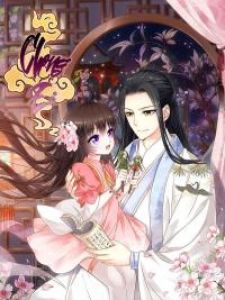

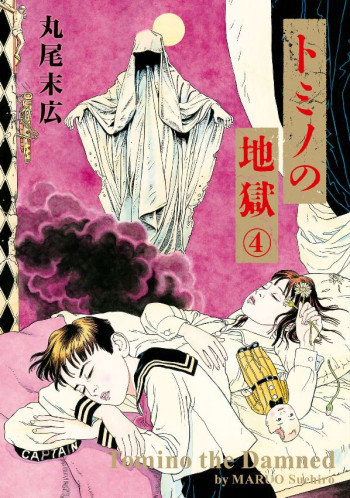
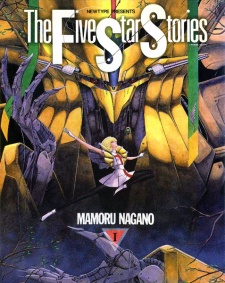


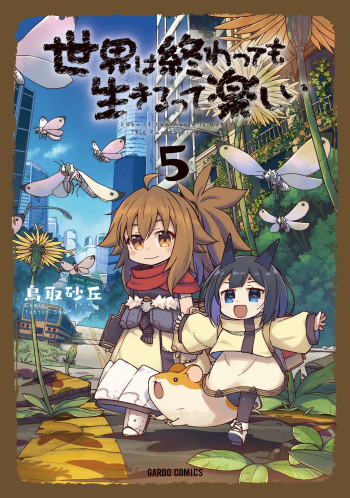
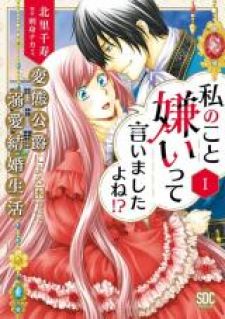
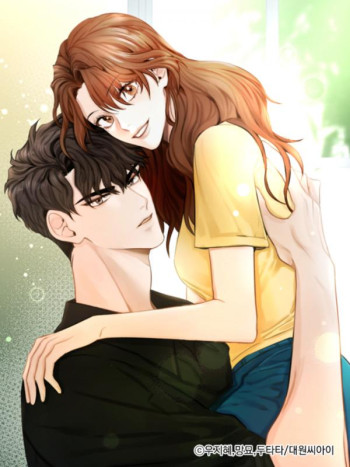











Reviews 0
Post a Reviews: